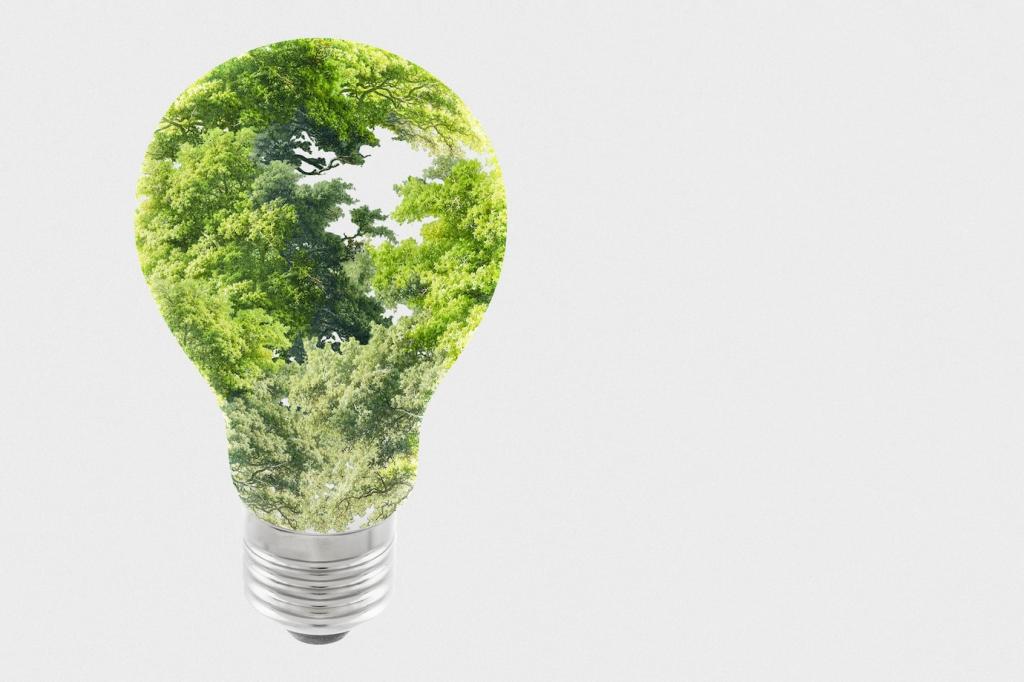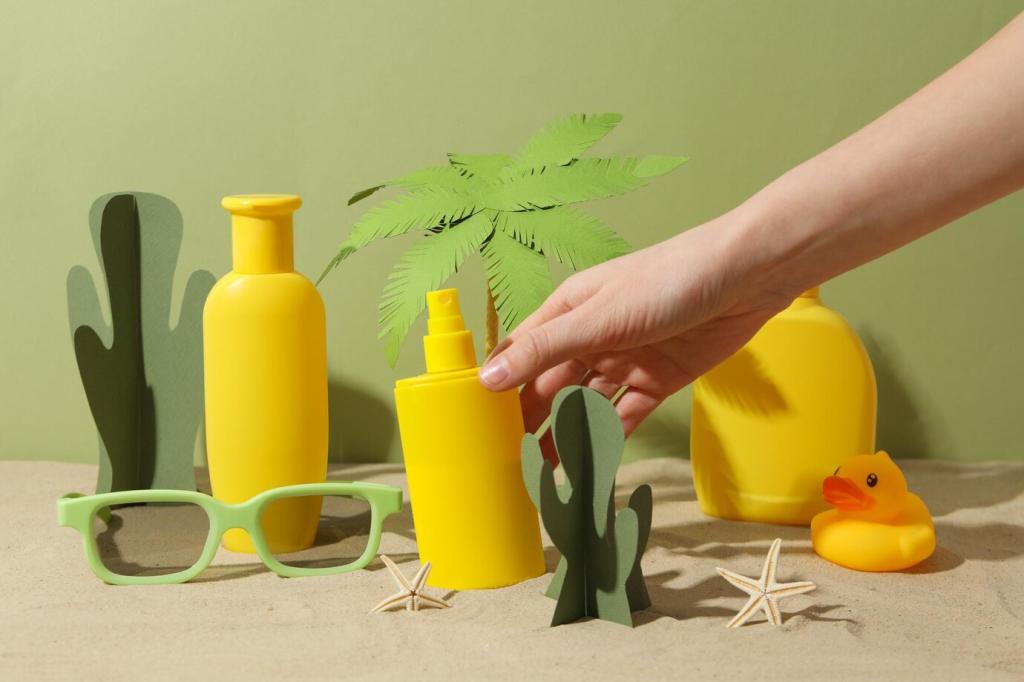
Energy-Efficient Lighting Solutions in Interior Design
Energy-efficient lighting has emerged as a core consideration in modern interior design, blending sustainability with aesthetics to create spaces that are both beautiful and cost-effective. As technology advances and environmental awareness grows, designers and homeowners alike are seeking innovative ways to reduce energy consumption without compromising on style or functionality. This page explores the integration of energy-saving lighting solutions into interior design, examining key technologies, design principles, benefits, and practical strategies for making interiors more eco-friendly and efficient.
Previous
Next
Integrating Advanced Lighting Technologies
LED lighting has revolutionized interior design due to its remarkable energy savings, longevity, and design versatility. Unlike traditional bulbs, LEDs use a fraction of the energy and last much longer, reducing the need for frequent replacements and minimizing waste. Their compact size and range of color temperatures provide designers with unprecedented flexibility, allowing for creative applications, from accent lighting to statement fixtures. LEDs have also become increasingly affordable, making them accessible for both residential and commercial projects. The superior energy efficiency of LEDs means that homeowners and businesses can enjoy well-illuminated spaces while lowering their carbon footprint and energy bills.
Design Principles for Energy Efficiency
Layered Lighting Schemes
A layered lighting approach involves the careful combination of ambient, task, and accent lighting to achieve adaptability and visual interest while minimizing unnecessary energy use. By optimizing the placement of each layer according to the function of a space, designers can ensure that only the appropriate amount of light is used at any given time. This strategy prevents over-illumination, which is a common source of energy waste, and allows users to customize lighting levels according to their preferences and activities. Advanced controls, such as dimmers and zoning, further enhance this flexibility, enabling efficient energy management without compromising on ambiance or functionality.


Task-Oriented Lighting
Focusing light precisely where it is needed, task-oriented lighting provides high efficiency by minimizing the use of general illumination and reducing overall energy demand. In areas such as kitchens, offices, or reading nooks, targeted fixtures like under-cabinet LEDs or adjustable desk lamps support productivity while consuming far less energy compared to blanket lighting approaches. Design considerations such as color temperature and beam angle are crucial in ensuring that task lighting is both comfortable and effective. Incorporating ENERGY STAR-rated fixtures or luminaires with high luminous efficacy ensures that energy savings go hand in hand with visual comfort and performance.
Benefits Beyond Energy Savings
Energy-efficient lighting plays a significant role in supporting occupant comfort and wellbeing. Properly selected fixtures and controls can be tailored to mimic natural daylight patterns, which positively influence human circadian rhythms and mood. High-quality LEDs, for example, offer increased color rendering and minimal flicker, reducing eye strain and fatigue. Adaptive lighting can be programmed to suit different times of the day, providing bright, invigorating light for productivity and softer tones for relaxation. By prioritizing occupant comfort through energy-efficient solutions, designers contribute to healthier, more inviting living and working environments.

